Indole-3-acetic acid
- CAS NO.:87-51-4
- Empirical Formula: C10H9NO2
- Molecular Weight: 175.18
- MDL number: MFCD00005636
- EINECS: 201-748-2
- SAFETY DATA SHEET (SDS)
- Update Date: 2024-12-18 14:15:30
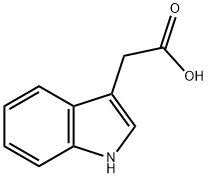
What is Indole-3-acetic acid?
Chemical properties
white to tan crystals
What are the applications of Application
Indole-3-acetic acid is an inducer of plant cell elongation and division shown to cause uncontrolled growth
Definition
ChEBI: A monocarboxylic acid that is acetic acid in which one of the methyl hydrogens has been replaced by a 1H-indol-3-yl group.
Biosynthesis
3-Indolylacetic acid is biosynthesised in plants from tryptophan by two pathways, the indolylpyruvic acid pathway being quantitatively the more important. Experiments with tomato shoots have shown the existence of a tryptophan transaminase, which catalyses the formation of indolylpyruvic acid, and a tryptophan decarboxylase, which catalyses the formation of tryptamine. The decarboxylation of indolylpyruvic acid is catalysed by indolylpyruvate decarboxylase, while indolylacetaldehyde dehydrogenase catalyses the oxidation of indolylacetaldehyde to indolylacetic acid.
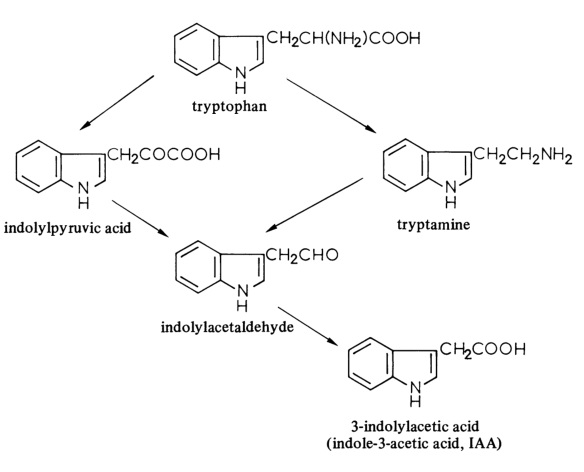
The biosynthesis of 3-indolylacetic acid
Biological Functions
3-Indolylacetic acid (indole-3-acetic acid, IAA) is one of the auxins, which together with the gibberellins and abscisic acid, cyto- kinins and ethylene are hormones regulating the growth and development of plants. IAA is a ubiquitous constituent of higher plants and the most important auxin. Some other, non-indolic compounds, including phenyl- acetic acid biosynthesised in plants from phenylalanine, have similar properties and synthetic auxins have also been prepared.
In the plant, IAA conjugates with many compounds, including glucose and other sugars, and with aspartic and glutamic acids. This is probably a way of storing the hormone for future use.
IAA initiates many growth effects in plants, including geotropism and phototropism, development of the ovary, division of cells, enlargement in callus tissue, root formation and apical dominance. When fed to plants, the hormone causes growth up to a maximum, which depends on the type of tissue being fed, and thereafter inhibits further growth, probably through the formation of ethylene, which is growth-inhibitory. Stern tissues tolerate the highest levels of IAA and root tissues the lowest. In the plant, the most active sites of IAA synthesis are the young, expanding leaves.
General Description
3-Indoleacetic acid is a highly effective, growth promotor in lower plant life, formed by a variety of fungi, including yeast and has been isolated from Aspergillus niger and Rhizopus sp. It is commonly employed in horticulture and industry.
Agricultural Uses
Indoleacetic acid (IAA), synthesized in the plant shoot tips, is a naturally occurring auxin. It is a plant growth promoter.
storage
Store at -20°C
Purification Methods
Recrystallise heteroauxin from EtOH/water [James & Ware J Phys Chem 89 5450 1985]. [Beilstein 22 III/IV 65.] Alternatively recrystallise 30g of the acid with 10g of charcoal in 1L of hot water, filter and cool when 22g of colourless acid separate. Dry it and store it in a dark bottle away from direct sunlight [Johnson & Jacoby Org Synth Coll Vol V 654 1973]. The picrate has m 178-180o. [Beilstein 22 H 66, 22 I 508, 22 II 50, 22 III/IV 1088.] It is a plant growth substance.
Properties of Indole-3-acetic acid
| Melting point: | 165-169 °C (lit.) |
| Boiling point: | 306.47°C (rough estimate) |
| Density | 1.1999 (rough estimate) |
| refractive index | 1.5460 (estimate) |
| Flash point: | 171°C |
| storage temp. | -20°C |
| solubility | DMSO:30.0(Max Conc. mg/mL);171.25(Max Conc. mM) |
| pka | 4.75(at 25℃) |
| form | crystalline |
| color | off-white to tan |
| Water Solubility | Soluble in ethanol (50 mg/ml), methanol, DMSO, and chloroform (sparingly). Insoluble in water. |
| Sensitive | Light Sensitive |
| Decomposition | 167 ºC |
| Merck | 14,4964 |
| BRN | 143358 |
| Stability: | Stable. Incompatible with strong oxidizing agents. Light sensitive. |
| CAS DataBase Reference | 87-51-4(CAS DataBase Reference) |
| NIST Chemistry Reference | Indole-3-acetic acid(87-51-4) |
| EPA Substance Registry System | Indole-3-acetic acid (87-51-4) |
Safety information for Indole-3-acetic acid
| Signal word | Warning |
| Pictogram(s) |
 Exclamation Mark Irritant GHS07 |
| GHS Hazard Statements |
H315:Skin corrosion/irritation H319:Serious eye damage/eye irritation H335:Specific target organ toxicity, single exposure;Respiratory tract irritation |
| Precautionary Statement Codes |
P261:Avoid breathing dust/fume/gas/mist/vapours/spray. P304+P340:IF INHALED: Remove victim to fresh air and Keep at rest in a position comfortable for breathing. P305+P351+P338:IF IN EYES: Rinse cautiously with water for several minutes. Remove contact lenses, if present and easy to do. Continuerinsing. P405:Store locked up. |
Computed Descriptors for Indole-3-acetic acid
Indole-3-acetic acid manufacturer
JSK Chemicals
Deluxe Metal Processing Chemicals Pvt Ltd
Montage Chemicals Pvt Ltd
Omshri Labs Pvt Ltd
Blue Jet Healthcare Ltd
New Products
(S)-3-Aminobutanenitrile hydrochloride 4-Methylphenylacetic acid N-Boc-D-alaninol N-BOC-D/L-ALANINOL Tert-butyl bis(2-chloroethyl)carbamate N-octanoyl benzotriazole 3-Morpholino-1-(4-nitrophenyl)-5,6-dihydropyridin- 2(1H)-one Furan-2,5-Dicarboxylic Acid S-2-CHLORO PROPIONIC ACID ETHYL ISOCYANOACETATE 2-Bromo-1,3-Bis(Dimethylamino)Trimethinium Hexafluorophosphate 4-IODO BENZOIC ACID 3-NITRO-2-METHYL ANILINE 1-(2,4-DICHLOROPHENYL) ETHANAMINE (2-Hydroxyphenyl)acetonitrile 4-Bromopyrazole 5,6-Dimethoxyindanone 2-(Cyanocyclohexyl)acetic acid 4-methoxy-3,5-dinitropyridine 1-(4-(aminomethyl)benzyl)urea hydrochloride 2-aminopropyl benzoate hydrochloride diethyl 2-(2-((tertbutoxycarbonyl)amino) ethyl)malonate tert-butyl 4- (ureidomethyl)benzylcarbamate Ethyl-2-chloro((4-methoxyphenyl)hydrazono)acetateRelated products of tetrahydrofuran


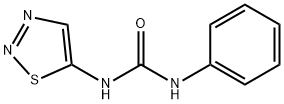

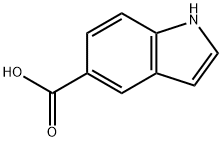
![IMIDAZO[1,2-A]PYRAZINE](https://img.chemicalbook.in/CAS/GIF/274-79-3.gif)
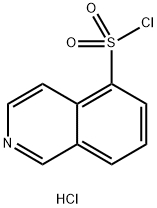
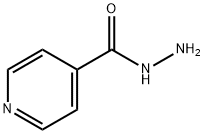
You may like
-
 Indole 3 Acetic Acid 98%View Details
Indole 3 Acetic Acid 98%View Details -
 87-51-4 3-Indoleacetic acid 99%View Details
87-51-4 3-Indoleacetic acid 99%View Details
87-51-4 -
 Indole-3-Acetic Acid (IAA) pure CAS 87-51-4View Details
Indole-3-Acetic Acid (IAA) pure CAS 87-51-4View Details
87-51-4 -
 Indole-3-Acetic Acid (IAA) for tissue culture CAS 87-51-4View Details
Indole-3-Acetic Acid (IAA) for tissue culture CAS 87-51-4View Details
87-51-4 -
 Indole-3-acetic acid 98% CAS 87-51-4View Details
Indole-3-acetic acid 98% CAS 87-51-4View Details
87-51-4 -
 Indole-3-acetic acid CAS 87-51-4View Details
Indole-3-acetic acid CAS 87-51-4View Details
87-51-4 -
 Indole-3-Acetic Acid (SQ) CAS 87-51-4View Details
Indole-3-Acetic Acid (SQ) CAS 87-51-4View Details
87-51-4 -
 Indole-3-acetic acid CAS 87-51-4View Details
Indole-3-acetic acid CAS 87-51-4View Details
87-51-4